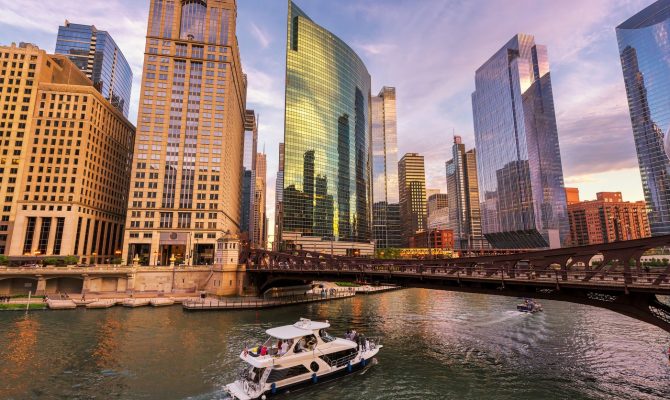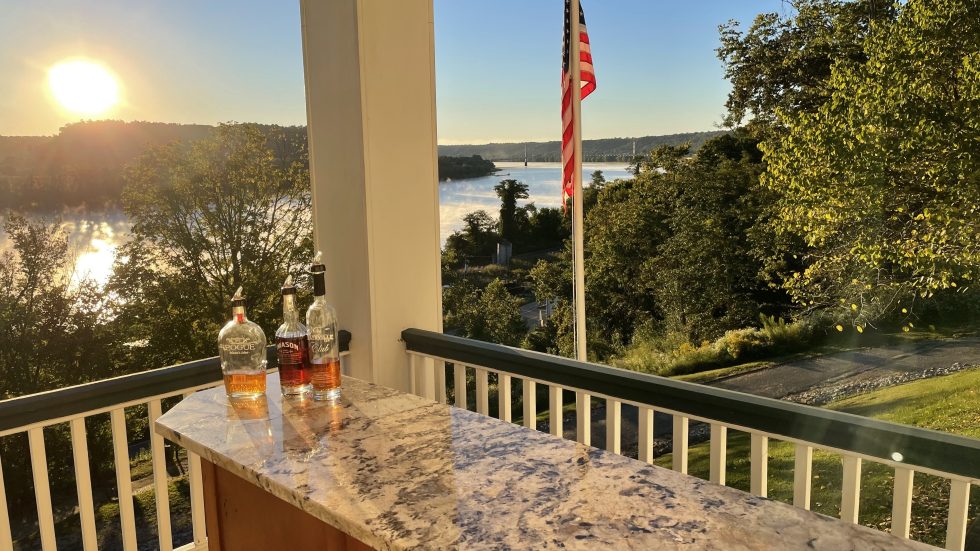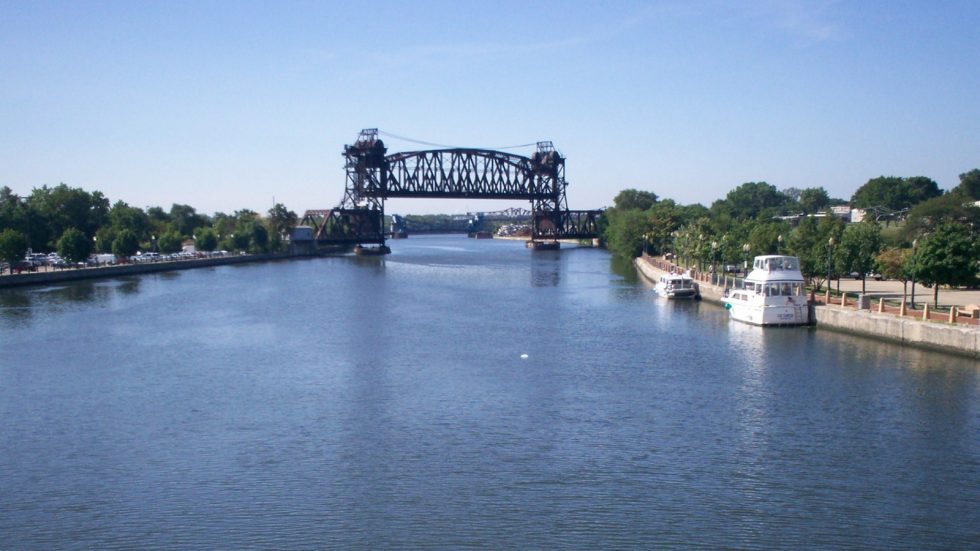Ever dreamed about cruising the 6,000 miles of America’s Great Loop in your own boat? Sure you have. It’s one of the greatest boating adventures in the world, circumnavigating eastern North America by water. Short of hitching a covered wagon to a team of horses and hitting the trail, there’s no better way to see the country the way the early explorers of this continent saw it.
But that doesn’t make it easy, or altogether without risk. Speaking from personal experience, here are seven things that every wannabe Great Looper should know before setting out.
1. Set a firm date for the start of your trip. Then, tell all of your friends and family this date. It’s too easy to find some excuse to defer your departure if you don’t do this. Once you tell everybody, you’re committed. No backing down. Depending on where you live, there’s a relatively narrow window on your departure date, so be sure to do your homework. If you live in Canada or the northern states, for example, you can’t leave too late in the season or you could face the onset of winter weather.
2. Get towing insurance. You’re bound to run aground somewhere. Towing insurance is very economical, and because you’ll be in unfamiliar water most of the time, the probability of running aground will be much higher than in your home waters. The other reason for towing insurance your engine. You could run out of gas, or your engines could quit for mysterious reason. Towing services like TowBoat US are available anywhere on the Loop and even in Canada. In the remote areas, like certain stretches of the Mississippi River, their captains will drive a rescue boat to a launch ramp and then come out to get you. Be sure you have an anchor and lots of rode, so you can anchor while waiting.
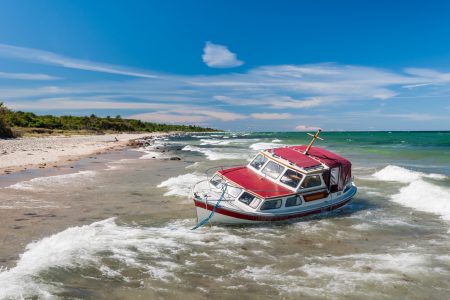
Having Insurance Prepares for the Unexpected
3. Have a set of up-to-date paper charts. You can’t just rely on electronic charts or your smartphone. And don’t use electronic charts that download over the Internet while you’re underway. Electronic charts should be stored locally in the device. You just can’t chance your safety on cell phone or WiFi service when you’re potentially miles and miles away from the nearest city or marina.
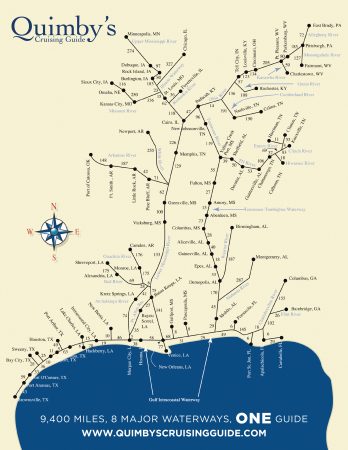
4. Take a shakedown cruise. Don’t leave on the boat you just prepped and/or purchased without getting to know it inside out. This was our first mistake on the Loop. We took possession of our boat, a 1981 Grand Banks trawler at Erie, Pa. A few hours out of Erie headed for Detroit, the wind kicked up four- to six-foot waves and the single engine quit due to plugged fuel filters. It was too rough to change the filters, and we had to call the Coast Guard because no tow operators were open that early in the year. Not a great way to start the trip.
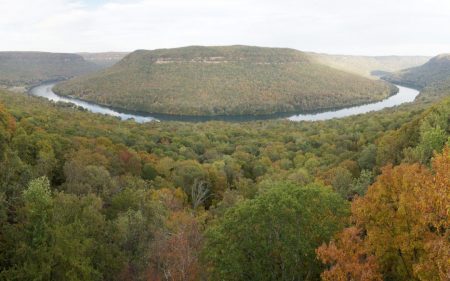
Cruising some of the smaller waterways can be a great learning experience before tackling the entire Loop.
5. Learn how to blog before you leave. This is the best way to keep in touch with friends and family — the postcard is long gone — and it also provides a way to download your thoughts and de-stress during your journey. Blog sites like WordPress are user friendly, free, and let you add photos and maps. Best of all, people can register to be notified whenever you make a new post and can respond right on the same web page.

Having a blog can be a great way to remember your journey. A lot of marinas will have wifi access to make updates.
6. Leave the firearms at home. There are no pirates in Canada or the US, so don’t carry guns unless you’re prepared to stay out of Canada and miss the beautiful canals and North Channel. Above all, don’t lie to the Canadian border officials about a gun on board. We used the government phone at Rockport on the St. Lawrence River to check in and were given a number we displayed on our window. Subsequently, we were searched twice at Kingston and Little Current. If a gun is found, your boat will be seized on the spot and your trip ended. Flare guns are legal in Canada and can do as much to repel an intruder.
7. Take your time on the Loop. This could be a once-in-a-lifetime adventure. We did it in four legs over two years — six months per leg. In hindsight, that was too fast. I’d like to do it again, but my First Mate would rather go in our 23-foot motorhome. We compromise by visiting the places we enjoyed on the Loop and staying in the driveways of the friends we made while we were completing our circuit.
Many marinas have great dining options and local attractions.
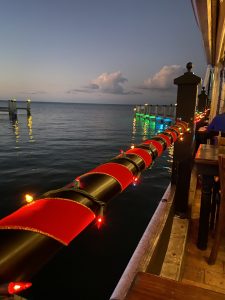
Join the Club
The America’s Great Loop Cruisers Association (AGLCA) is an indispensable resource for boaters planning or dreaming about doing the Loop. Here are three key reasons to join:
1. Their forum provides day-to-day information posted by people currently doing the Loop, and you can register to receive these posts via email. If you follow the forum the year before you leave, you can copy a wealth of information on marinas, anchorages, border crossings, shallow spots, etc., into your planning document.
2. You can fly a distinctive burgee. The white burgee, the membership burgee, is flown on boats currently on the Loop. The gold burgee is flown by members who have completed the circuit. So, when you stop at a marina, it’s easy to identify members of AGLCA. Before you know it, you’ll be making lifelong friends. Other boaters are the best ways to learn about cruising and get information on what to expect on the way.
3. You’ll be able to attend the AGLCA Rendezvous, normally held in Norfolk, Va., in the spring and in Rogersville, Ala., in the fall. These gatherings feature exhibits, seminars and expert speakers and are a great place to meet and learn from other Loopers. One of the best events is the Looper Crawl, where you can tour many of the boats attending the rendezvous. If you’re planning to do the Loop but don’t yet have a boat, you can see the many sizes, types and brands available and talk to the owners.
For more information on the AGLCA, visit www.greatloop.org.

